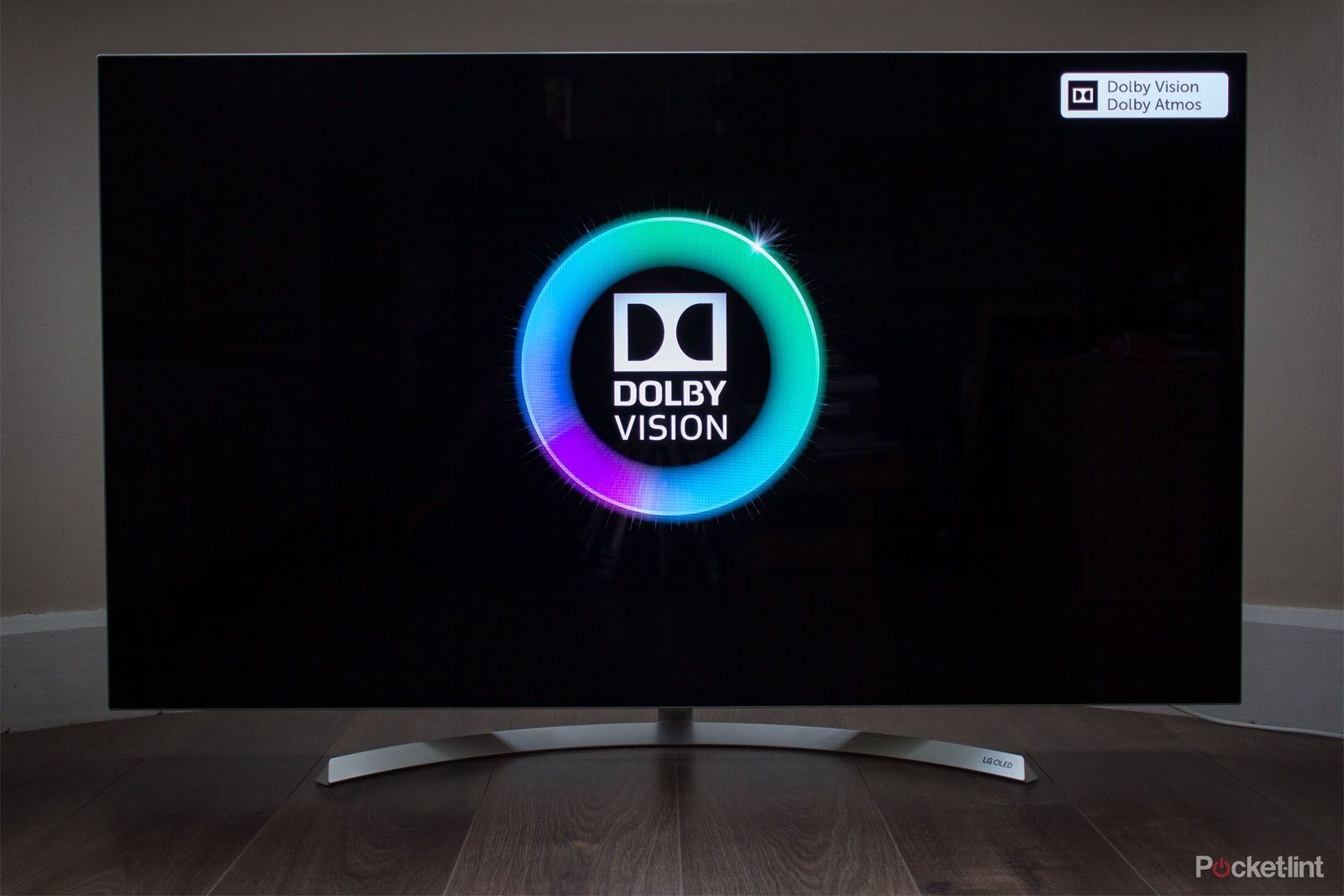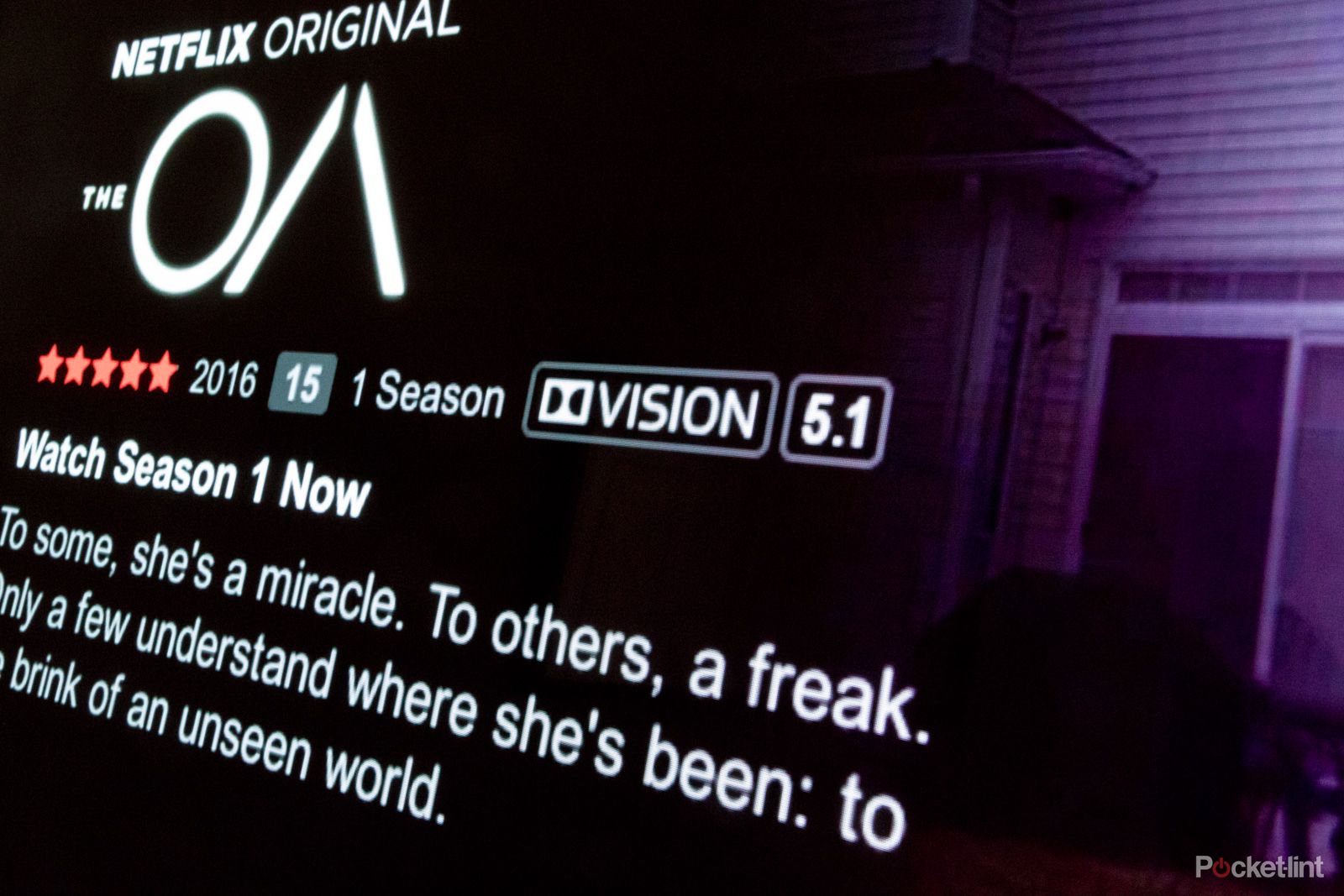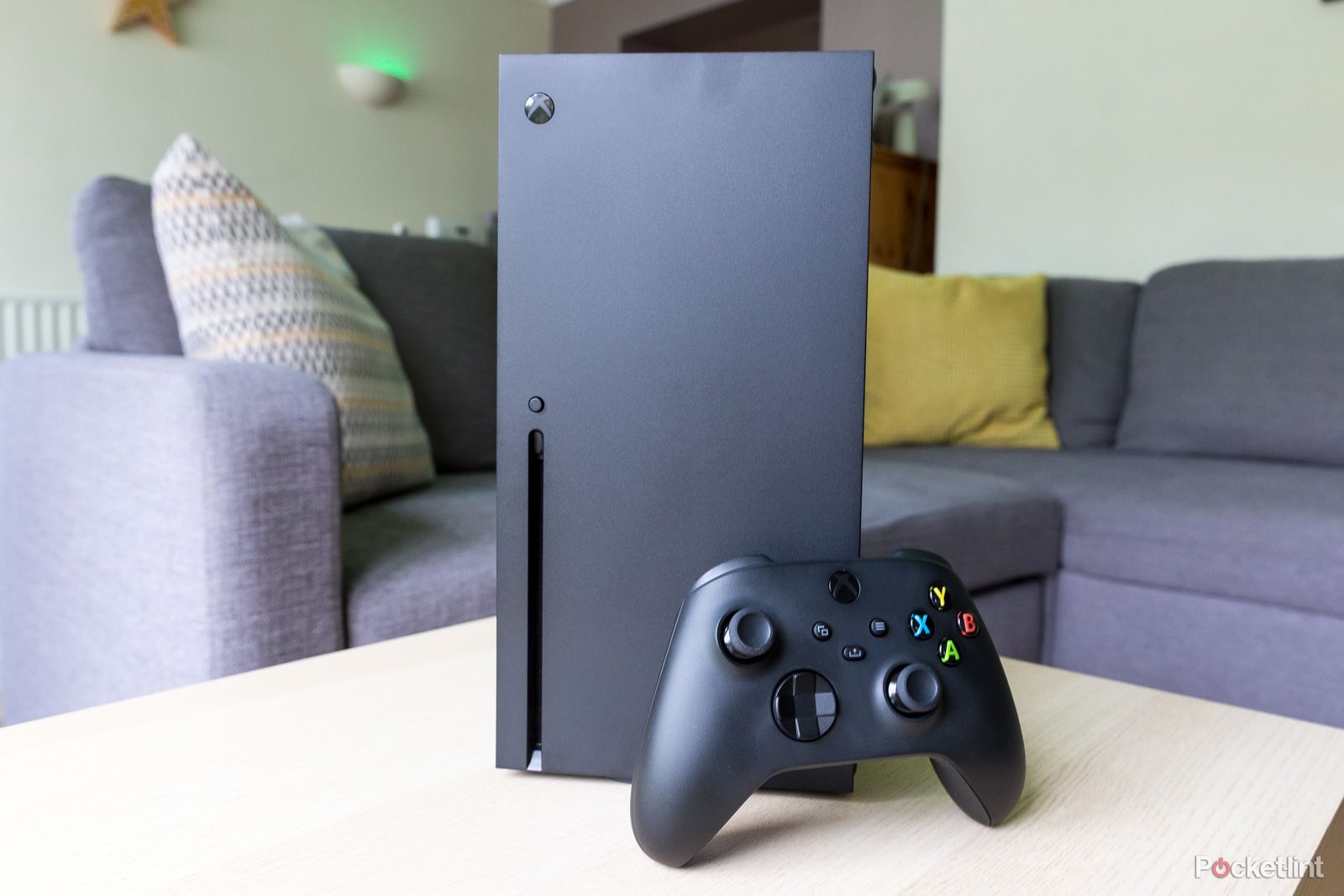One of the biggest video technologies to appear in recent times is High Dynamic Range, otherwise known as HDR.
There are several different formats of HDR available, not just on TVs but also mobile phones and other devices, and one of those is from Dolby.
So, here we explain exactly what Dolby Vision is, how it differs to HDR10 (the most common HDR format), which manufacturers support it and what content there is.
What is Dolby Vision?
HDR is a video technology that presents pictures in with a wider amount of colours, brightness and contrast, allowing them to look more natural on a HDR-enabled display.
Dolby Vision takes things one step further. It is a version of HDR that is designed to preserve a lot more information that can flow through from the original content creation - at a Hollywood studio, for example - to that content's arrival on your TV or mobile device. This information is called metadata and it carries the brightness information for every frame of a film or TV show, so the TV (or phone, or tablet) knows exactly how to display picture through the whole movie.
Because this information is there for every frame, it's called dynamic metadata, whereas stardard HDR10 only has one data point, or static metadata. So, in short, Dolby Vision is an HDR standard that uses dynamic metadata. The aim is to give you better visuals and improve the image quality.
The main difference between Dolby Vision and HDR10 is the colour depth and brightness the content and equipment is capable of achieving. Dolby Vision content is mastered up to 12-bit colour depth, compared to HDR10's 10-bit (which is where HDR10 gets its name from).
You might be wondering what difference 12-bit makes over 10-bit? Well, 12-bit colour depth gives access to over 68 billion colours, compared to 1 billion with 10-bit. This means the colours you see from Dolby Vision films and on compatible TVs are supposed to be far more accurate and as the director intended.
Dolby Vision content can also be mastered for 10,000 nits peak brightness but at the moment, no display can support this, so content is actually mastered to around 4,000 nits. However, it's ready for when the displays support it.
What is Dolby Vision IQ?
Dolby Vision IQ is an evolution of the Dolby Vision standard that allows for changes in ambient light. It uses the sensor on your TV to detect the ambient light levels and can then adjust the Dolby Vision content so that everything remains accurate.
Unlike a professional grading studio where Dolby Vision masters are created, your average home will have differing light levels throughout the day - that might be bright sunshine, artificial lighting in the evening, or perhaps you turn everything off for movie night. Dolby Vision IQ can detect these changes and adjust the content accordingly, so things aren't too dark or bright because the light level in the room has changed.
Dolby Vision IQ was introduced in 2020 and is available on Panasonic and LG televisions, such as the LG C1 OLED or Panasonic HZ1500. It will not be availalbe on mobile devices.
Which manufacturers support Dolby Vision?
In order to watch Dolby Vision content you need to have the right equipment. The benefit of Dolby Vision TVs is that they can support HDR10 as well, but HDR10 TVs can't necesarily play Dolby Vision content, so if you want the best of both worlds, Dolby Vision is the way to go.
Originally, Dolby Vision equipment had dedicated chips inside which read the metadata and reproduced the images. However, as TV processors have become more advanced, it's now possible to enable Dolby Vision through a software update. More recently we've smartphone support arrive which is entirely software-based and Dolby Vision is on a number of tablets and laptops too.
The following manufacturers all support Dolby Vision on a number of TV sets (not an exhaustive list):
- LG
- Panasonic
- Philips
- Sony
- TCL
- Hisense
You'll note that Samsung isn't on the list. That's because Samsung is a partner in a rival format called HDR10+. This is a system that also uses dynamic metadata, but is still 10-bit rather than 12-bit. Many recent TVs (Panasonic, Philips, Sony) support both Dolby Vision and HDR10+, you just won't find a Samsung TV that offers Dolby Vision supprt.
The Apple TV 4K, Chromecast with Google TV and Amazon Fire TV Stick 4K all support Dolby Vision too, meaning you can stream Vision content to a compatible TV via those devices. Dolby Vision is supported on the Roku Ultra, as well as the new Roku Streaming Stick 4K.
You can also buy Dolby Vision-compatible Ultra HD Blu-ray players from Sony and Panasonic among others.
What about Dolby Vision on mobile devices?
Let's not ignore mobile HDR in this equation. With the launch of the LG G6, Dolby Vision playback appeared on its first mobile device. Since then, many others have jumped on board. There are now many other mobile devices have been released that support Dolby Vision.
Apple is one brand to adopt the format for itself and, in the iPhone 12 Pro and 12 Pro Max handsets for 2020, it introduced video capture in Dolby Vision. Apple was the first mobile manufacturer to support Dolby Vision for user recordings.
What Dolby Vision content can I watch?
With many people getting their content from streaming services, that's where most people will experience Dolby Vision content - yes, it's supported on some Ultra HD Blu-ray discs, but it's really streaming services that are delivering the Vision goods. For example (again, not exhaustive).
- Netflix
- Apple TV+ and Apple Movies
- Disney+
- Amazon Video
This has produced some great shows in Dolby Vision - for example Amazon's Jack Ryan, Netflix's Altered Carbon, lots of movies from Apple, or The Mandolorian on Disney+.
Dolby Vision and gaming
Dolby Vision isn't just limited to TV content, it has also made its way into gaming. Again, you'll devices that support it - but with the Xbox Series X and S supporting Dolby Vision, if it's hooked up to a DV-compatible TV, then you'll be able to enjoy the benefits it brings to your games.
Xbox says that over 100 titles are or will soon be available in Dolby Vision for the Xbox Series X and S.




